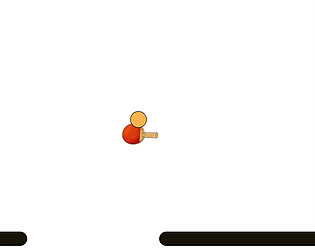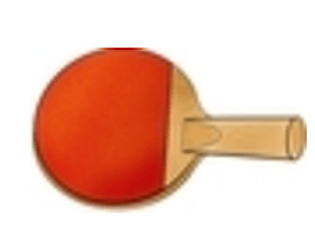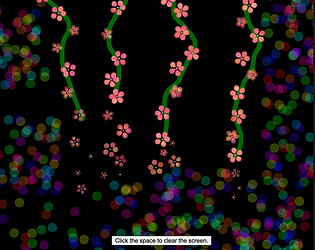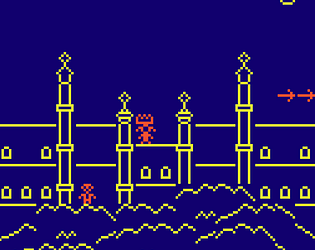The game "listen" is based on the designer's previous "puzzling" upgrade. It is a game of Sokoban, but with more interesting rules added. The game is progressively more difficult, which makes it easier for players to master the rules of the game. In the first level, I learned that the game required me not only to push the boxes to the target location but also to turn them green through the blue squares. This is similar to the rules of the designer's last "puzzling" game. The rules were simple, so I quickly passed the first level. When I entered the second level, I moved the target object into position as I did in the previous level and turned all the blue squares green. But I didn't go to the next level, which confused me. That's when I noticed a red square in the middle of the screen. I thought it might need to change color more than once, such as going through it once to blue and then again to green. When I passed it repeatedly, I found that its color did not change. Then I guessed that maybe the red squares meant I needed to stop on them at last. But apparently, it's also wrong to do so. I tried to push the cross past the red square and found that it changed to blue. At this point, I can go through it again to turn it green. Compared to the designer's previous game, this is a new rule that increases the difficulty and fun of the game. When coming into the next level, I found there were more red squares. But luckily, the blue squares are all lined up on one row, which makes the step of color-changing them a lot easier. But after removing the cross I found that the whole screen was filled with blue grids. And in the process of moving, it is not easy to control the color change. It is hard for players to complete the color change and push the cross to the target position at the same time. I used the strategy of turning the red squares blue, then pushing them to the target location, and finally turning the blue squares green. During the game, I needed to always be careful to avoid pushing the cross into a position where it could not be moved anymore.
The game is designed to make it easy for players to understand the rules. For example, the player needs to push the cross, and the target position is a square with a vacant cross in the middle. So players can understand what they need to do at the beginning of the game. The game uses red, green, and blue colors, they differ greatly and are clear for the players. In addition, the designers used different sound effects. With the player's movement, the success of color change, and the arrival of the cross at the destination, the users will hear different sounds. This can assist in reminding the players of each step of the operation.










